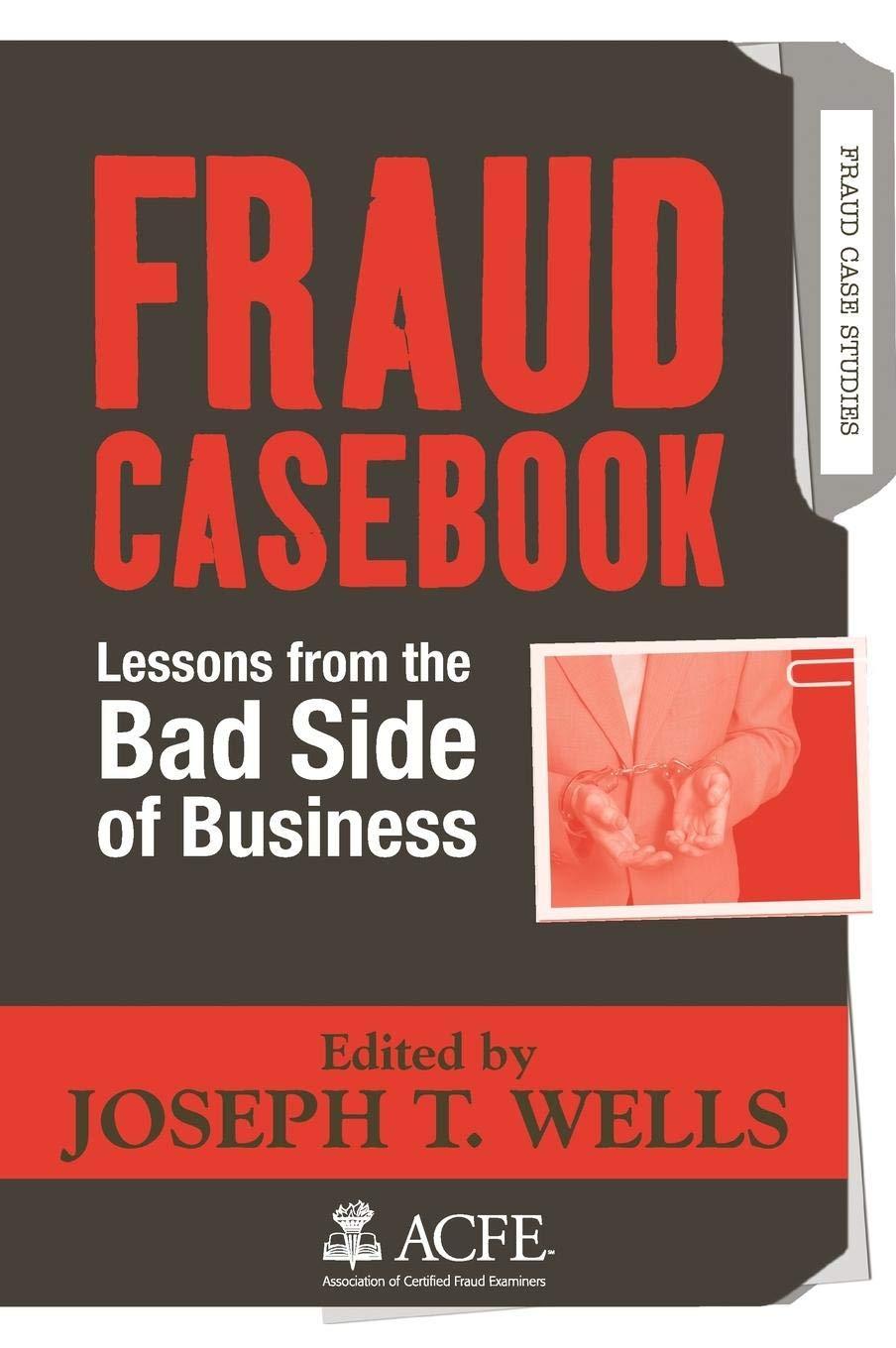



Zest produces and supplies 2 types of component parts to industrial equipment manufacturers. These parts are known as X123 and R907. There are 2 departments in the factory: the machining and assembly departments. The machining department has highly automated operations, while assembly has labour-intensive operations. Table 1: Annual production data by product Product X123 Product R907 Units produced Total direct labour hours (DLH) consumed per unit 1,000 2,000 5 DLH 15 DLH Total machine hours (MH) consumed per unit 15 MH 5 MH The overhead cost incurred in the Machining department was $1,300,000, while the overhead cost in the Assembly department was $350,000. Table 2: Annual overhead costs and production activity by department Machining dept Assembly dept Total Overhead cost $1,300,000 $350,000 $1,650,000 Direct labour hours (DLH) consumed per dept 5,000 DLH 30,000 DLH 35,000 DLH Machine hours (MH) consumed per dept 23,000 MH 2,000 MH 25,000 MH The manager, Rex, decided to allocate costs to the 2 products in the following manner: he divided the total overhead costs of $1,650,000 by the total number of labour hours utilised in the factory (ie (1000 x5) plus (2000 x 15) 35,000 DLH). Therefore his overhead rate was $1,650,000/35,000 $47.14 per DLH. The overhead allocated to each product using Rex's rate was as follows: Product X123-5 DLH x$47.14-$235.70 Product R907-15 DLH x $47.14 = $707.10 But Rex was losing sales of product R907 to his competitor who was able to sell a similar product at a lower price, and recover all costs of production. Tables 3 and 4 show how much direct labour and machine time is consumed by each product in each production department. Table 3: Machine hours (MH) consumed by each product in production departments. Machining dept Assembly dept Total per unit of product Per unit of product X123 15 MH per unit of X123 14.5 MH 0.5 MH Per unit of product R907 5 MH per unit of R907 4.25 MH 0.75 MH Table 4: Direct labour hours (DLH) consumed by each product in production departments Total per unit of product Machining dept Assembly dept Per unit of product X123 5 DLH per unit of product X123 2 DLH 3 DLH Per unit of product R907 15 DLH per unit of product R907 1.5 DLH 13.5 DLH Required: i) Calculate departmental overhead rates and apply them to the product lines. 6 marks). ii) Compare the departmental rates to the plantwide rate. Do you agree or disagree with Rex's plantwide overhead allocation method? Explin. You should draw on information provided in Tables 1 to 4 to explain and support your answer. Based on your explanation in (ii) above, recommend a rate that Rex should use. (10 marks)










